- Home
- Sri Lanka Highlights 08 Days Snap Round Tour – Winter
Special discounts available for a period of 14 days!

Sri Lanka Highlights 08 Days Snap Round Tour
08 Days / 07 Nights
Quick look
The diversity of Sri Lanka is a wonder to behold. When seen in the larger picture of the rest of the globe, the incredible cultural, natural, ethnic, and religious diversity that exists in Sri Lanka stands out. Culture, nature, heritage, and wildlife trip designed to provide the most immersive experience possible across all of the aforementioned areas.
The eight-day highlights of Sri Lanka trip is created for those who wish to see and experience the most essential destinations in Sri Lanka in a short amount of time in order to save money and time.
Price Includes
- Entrance fees to site visits and excursions mentioned in the itinerary
- All game drive jeep service charges are listed in the itinerary.
- Accommodation for 08 days in the hotels included in the package on a bed and breakfast basis.
- According to the tour plan, transportation by airconditioned car.
- For the round tour, an English-speaking chauffeur guide will accompany you.
- Two bottles of water per day.
- WiFi is available throughout the transportation
Price Excludes
- Flight tickets/ Visa Charges
- Excursions and Site visits not mentioned in Itinerary.
- Lunch and Dinner.
- Any expenses of personal nature like laundry charges, tips, etc.
- Early check-in & late check-out.
Accommodation and excursions are subject on availability.
Please be advised that costs for site visits, excursions, and hotel stays may change depending on the current situation.)
Tour Map

Tour at Glance
- Visit the historic city complex of Sigiriya (UNESCO World Heritage Site.)
- Medieval city of Polonnaruwa. (UNESCO World Heritage Site.)
- Dambulla Cave Temple (a UNESCO heritage site)
- Dambulla dedicated economic center.
- Nalanda Gedi-Ge.
- Kandy cultural dance.
- Temple of Tooth (a UNESCO heritage site)
- Royal Botanic Gardens.
- Kandy city tour.
- Train journey.
- Tea estate and tea Factory.
- Nuwara Eliya City Tour.
- Little Adams Peak.
- Nine Arch Bridge.
- Demodera Railway Loop.
- Ravana Waterfall.
- Buduruwagala Ancient Site.
- Yala National Park.
- Galle Dutch Fort. (UNESCO World Heritage Site.)
Airport > Sigiriya > Kandy > Nuwara Eliya > Ella > Yala > Galle > Airport
Day - 01
Sigiriya
- Transfer: Airport > Sigiriya
- Accommodation : Jetwin Lake
- Over night stay : Sigiriya

One of our representatives will be there to meet you at the Bandaranaike International
Airport and will then transport you to your hotel when you arrive.
Drive: 140km, approximately 3 hours & 30 minute’s drive.
Leisure day at Sigiriya
Day - 02
Sigiriya
- Stay : Sigirya
- Accommodation : Jetwin Lake
- Over night stay : Sigiriya
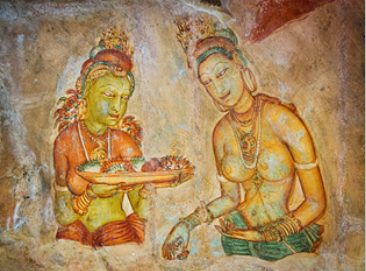
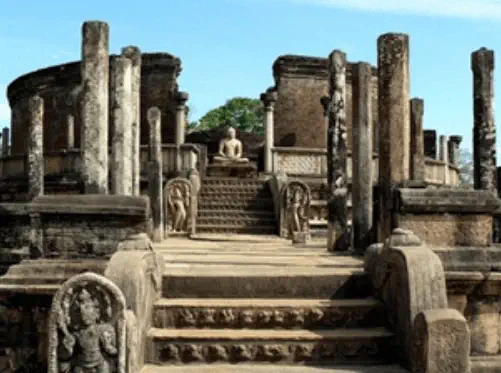
Sigiriya Ancient City Complex Visit (UNESCO World Heritage Site)
The city of Sigiriya was founded by King Kashyapa in the fifth century CE. UNESCO has designated Sigiriya as a world heritage site, and it is commonly referred to as the “Eighth Wonder of the World.” Sigiriya is a cluster of ancient Asian cities that has been carefully maintained. It’s got four different gardens, and they’re all focused on nature. Life in fifth-century CE Sri Lanka is shown in paintings and graffiti at Sigiriya. And the water management, pottery making, geometry, and mathematics of ancient Sigiriya were all stressed.
Polonnaruwa Medieval City (UNESCO World Heritage Site)
The Sinhalese monarch first created Polonnaruwa as a military stronghold in the beginning of the city’s history. After the Chola dynasty’s successful invasion of the country in the 10th century, they bestowed the name “Jananathamangalam” upon the territory they conquered. Vijayabahu organized a battle against Polonnaruwa with three separate troops coming from three separate directions. In the year 1070, Vijayabahu was crowned king of Polonnaruwa. During this period, the island nation of Sri Lanka was known by the name Thambapanni.
The Buddhist and Hindu structures that make up Polonnaruwa date from the 10th century CE to the 13th century CE and were built throughout that time period. People started moving out of Polonnaruwa before the end of the 13th century and migrated to the south-western region of the country.
Day - 03
Kandy
- Transfer : Sigiriya > Kandy
- Accommodation : Fox Kandy
- Over night stay : Fox Kandy
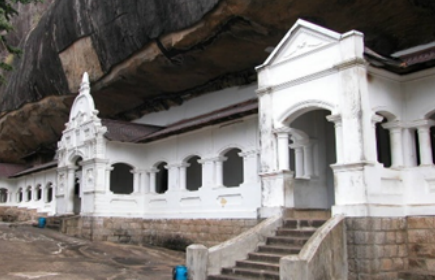



Dambulla Cave Temple (UNESCO World Heritage Site)
The Golden Temple of Dambulla, also known as Dambulla Cave Temple, was added to the list of World Heritage Sites in 1991. In addition to the three sculptures of Sri Lankan rulers and the four statues of gods, there are 153 statues of Buddha. The total square footage of the murals is approximately 23,000 square feet (2,100 meters).
The Dambulla cave complex has five different caves that date back to different epochs. The caves have impressive artwork depicting Buddha’s first sermon and his struggle against seduction by the demon Mara.
Dambulla dedicated economic canter
Dambulla Economic Centre is alive with activity; it is not a historic site, but rather a location where you may experience real-world, realistic living styles of people and feel like a local. You will get a glimpse into the usual way of life of the people who live in the village, as well as the businesses that are run in the vicinity.
The market gathers vegetables from the surrounding region as well as from far-distant locations from the country, and sellers arriving from various places within the country purchase the items. Since the market is a lively site with plenty of movement and activity.
Nalanda Gedi-Ge
The location of the Nalanda Gedi-Ge, which dates back to the 8th to 10th century, is regarded as the geographic center of Sri Lanka. The building itself is entirely constructed of stone and dates from that time period. The ground plan of the location is aligned with a Buddhist temple, while the architecture of the image house is obviously Dravidian in origin. The layout of Nalanda Gedige is reminiscent of a Hindu temple, complete with a mandapa, an entry hall that was first covered in roof tiles, a short passageway leading to an empty sanctuary, and an ambulatory that rounds the sacred core. Within the temple, there are only a small number of the original statuettes of Hindu deities. However, there is a statue of the God Kubera that appears on the south side of the towering structure above the temple’s sanctuary. This is a characteristic that can only be seen in Sri Lanka.
Kandy cultural dance.
There is evidence that Kandyan dance originated in India; but, after it arrived in Sri Lanka, local artists adapted the style to create their own art form. In Sinhala tradition, the Kandyan dance has a highly prominent position, and in the Kandy yearly procession, the Kandyan dances play an essential part.
You will be able to observe not only the Kandyan dance but also two other dance types, namely Down South and Sabaragamuwa, in the Kandyan dance display these days, regardless of whether it is named the Kandyan dance or any other name.
Day - 04
Kandy
- Stay : Kandy
- Accommodation : Fox Kandy
- Over night stay : Fox Kandy



Temple of Tooth (a UNSECO heritage site)
Temple of the Sacred Tooth Relic (Sri Dalada Maligawa) is a Buddhist shrine in Kandy, Sri Lanka. It is part of the historic royal palace complex in Kandy, Sri Lanka, where the Buddha’s tooth relic is also kept. Since ancient times, the relic has been an essential element in regional politics due to the widespread belief that whoever holds it has absolute power over the region. Throughout history, Sinhalese kings have guarded the artifact. World Heritage status for the temple of the tooth is due in part to the relic housed within it.
Kandy City Tour
Kandy is the country’s second biggest city, although it is also a little town in a valley surrounded by mountains. Its multi-ethnic and multicultural UNESCO heritage city includes numerous UNESCO-protected structures.
A Kandy city tour will enable you to see the actual living style of the Kandy people. When you visit the beautiful Kandy central market, you will witness two types of vegetable markets as well as fruit stalls filled with various fruits.
While strolling around the city, you may see aristocratic houses and architecture from the colonial era.
Royal Botanical Gardens Peradeniya
Orchids, spices, medicinal plants, and palms are just some of the over 4000 plant kinds found in the garden. The park is 460 meters above sea level, with an average yearly rainfall of 200 days, and covers 147 acres. The National Botanic Gardens Service is in charge of it.
King Wickramabahu III came to power in 1371, and he held court in Peradeniya on the banks of the Mahaweli River, where the Botanic Gardens were first established. Specimens from Kew Garden, Slave Island, Colombo, and the Kalutara Garden in Kalutara were used to create the Peradeniya Botanical Garden in 1843.
Day - 05
Ella
- Transfer : Kandy > Ella
- Accommodation : Mountains Heaven
- Over night stay : Mountains Heaven - Ella



Kandy to Nanuoya (NuwaraEliya) train journey
Among the top tourist attractions in Sri Lanka, a train ride is a necessity for seeing the country’s exotic scenery. If you’re looking for a scenic and short train excursion, the train ride leaving from Kandy and arriving at Nanuoya is a wonderful choice. This well-known tour will take you right into the heart of the hill and tea region, where lush nature surrounds you. Tourists will be enveloped in sweeping vistas of groomed tea plantations, thick flora, and steep-sided valleys as the train meanders through the lush green slopes and tight tunnels. Close inspection reveals Tamil tea workers in colorful saris emerging from vivid tea plants. The train from Kandy to Nanuoya runs every day and takes around 4 hours.
Tea Plantation and Tea Factory Visit
Pedro Tea Estate, located 3 km east of Nuwara Eliya in the shadow of the magnificent greenery of Pidurutalagala. The firm was founded in 1885 and was owned by the British until 1975 when it was nationalized and then privatized a decade later. Despite its less picturesque plantations and tea fields, it is one of the most easily accessible estates in the hill country. The 20-minute tours take you through the entire manufacturing process, from grading to packaging, with plenty of colonial-era equipment still in use.
NuwaraEliya City Tour
Nuwara Eliya was created by the British after 1815, and it is known as “Little England” due to its UK summer-like weather and colonial-era structures, as well as a golf course, race track, and Victoria Park, which are all British cultural attractions.
Day - 06
Yala
- Transfer : Ella > Yala
- Accommodation : Jetwing Yala
- Over night stay : Jetwing Yala - Yala


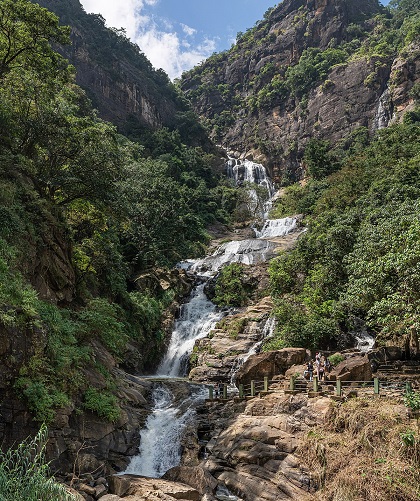
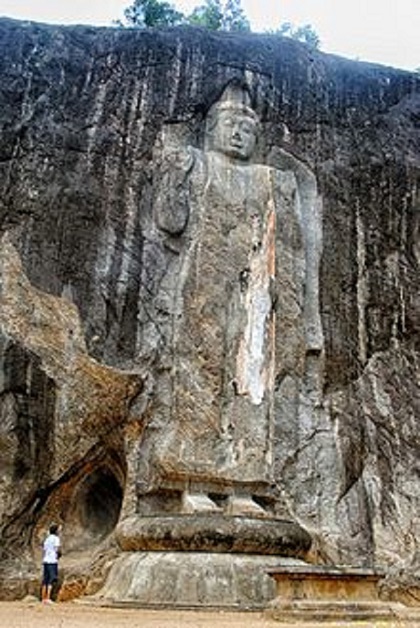
Little Adams Peak
Because of its similar form, the Little Adam’s Peak was called after its bigger brother, the holy mountain Adam’s Peak. Adam’s Peak, in Nuwara Eliya in western Sri Lanka, is 2243 meters high and a lot more strenuous and a difficult hike!
The route begins with lovely lush green tea estates full with tea harvesting women. The 1141-meter-high Little Adam’s Peak is rather straightforward to climb, having a nice trail all the way up. It is not a difficult walk and is very short, but it gives you an excellent picture of the countryside around Ella, and the view is spectacular! It was well worth the effort!
The Demodara loop
The Demodara loop is considered one of the greatest sites to see in Ella and should not be missed. The loop has been dubbed the “circular loop,” “spiral loop,” and “spiral ride.”
The Demodara tunnel and railway entry, known as the Demodare Loop, is where the rail line runs around a spiral loop under itself and emerges from a tunnel immediately beneath the Demodare train station. This engineering wonder is the world’s only spiral loop with a tunnel under a train station. According to legend, the notion was inspired by seeing a tea plantation overseer unfasten and refasten his turban.
It was built during the colonial period to carry tea grown in the plantations of the Uva district to Colombo. Engineers and surveyors determined that with the maximum inclination permitted by the Ceylon Government Railway at the time of one foot every 44 feet (1/44), the slopes at Demodara were difficult for the track to work out.
Nine Arch Bridge
The Nine Arch Bridge is a viaduct bridge in Sri Lanka that is situated between the Ella and Demodara railway stations. It was built during the colonial period and is considered to be one of the outstanding examples of railway creating in the country.
D. J. Wimalasurendra, a renowned Ceylonese engineer and inventor, was responsible for the overall design as well as the management of the ‘Upcountry Railway Line of Ceylon’ project. Harold Cuthbert Marwood, of the Railway Construction Department of the Ceylon Government Railway and Transport Board, was the architect behind the viaduct. P. K. Appuhami, a constructor from Ceylon who worked in cooperation with British experts to erect the bridge, is the one who is most often credited with its construction.
Rawana Water Fall
The mythical monarch Ravana, who features in the well-known Indian classic the Ramayana, inspired the naming of these waterfalls in his honor. Ravana, who was the ruler of Lanka at the time, is claimed to have abducted princess Sita and hidden her in the caverns that are located below this waterfall. These caves are now referred to as simply the Ravana Ella Cave.
The height of this waterfall, which is roughly 82 feet (25 meters), is determined by its descent from an outcrop of concave rock in the form of an oval.
Buduruwagala Ancient Site.
Buduruwagala is a historically significant Buddhist shrine in Sri Lanka. The complex’s seven sculptures represent the Mahayana school of philosophy and date from the tenth century. The massive Buddha statue still has remains of its original stuccoed garment, and a lengthy stripe of orange indicates that it was previously vividly painted.
The dominant figure to the Buddha’s right is supposed to represent the Buddhist legendary character of Avalokitesvara. A female figure in the thrice-bent stance to the left of this white painted figure is considered to be his consort, Tara.
Day - 07
Galle
- Transfer : Yala > Galle
- Accommodation : Owl and The Pussy cat
- Over night stay : Owl and The Pussy cat - Galle


Yala National Park – Morning Safari
Yala was initially established in 1900 as a wildlife sanctuary, and in 1938, it was elevated to the status of a national park, making it Sri Lanka’s second biggest. Along with Wilpattu National Park, Yala holds the distinction of being the country’s first national park to be established. During the colonial era, around the turn of the century, the Yala area operated as a hunting ground that was exclusive to the local sportsmen; however, back then, this region did not have the name Yala associated with it.
Today, Yala is comprised of a total of five separate blocks, and out of those five blocks, only three are accessible to the visitors. There are a total of 70 Important Bird Areas (IBAs) in Sri Lanka, and Yala is one of them. The park is home to 215 different bird species, seven of which can only be found in Sri Lanka. Yala is also home to 44 different kinds of animals, and it boasts one of the highest leopard populations seen anywhere in the world.
Galle Dutch Fort – UNSECO world heritage site.
Was first constructed by the Portuguese in 1588; however, it was the Dutch who carried out substantial fortification work throughout the 17th century, beginning in 1649. Even after more than 432 years, this historical, archaeological, and architectural heritage monument still has a polished aspect thanks to the substantial repair work done by the Archaeological Department of Sri Lanka. It is a monument that has been preserved in its original state.
Day - 08
Departure
- Transfer: Galle > Airport
- Departure
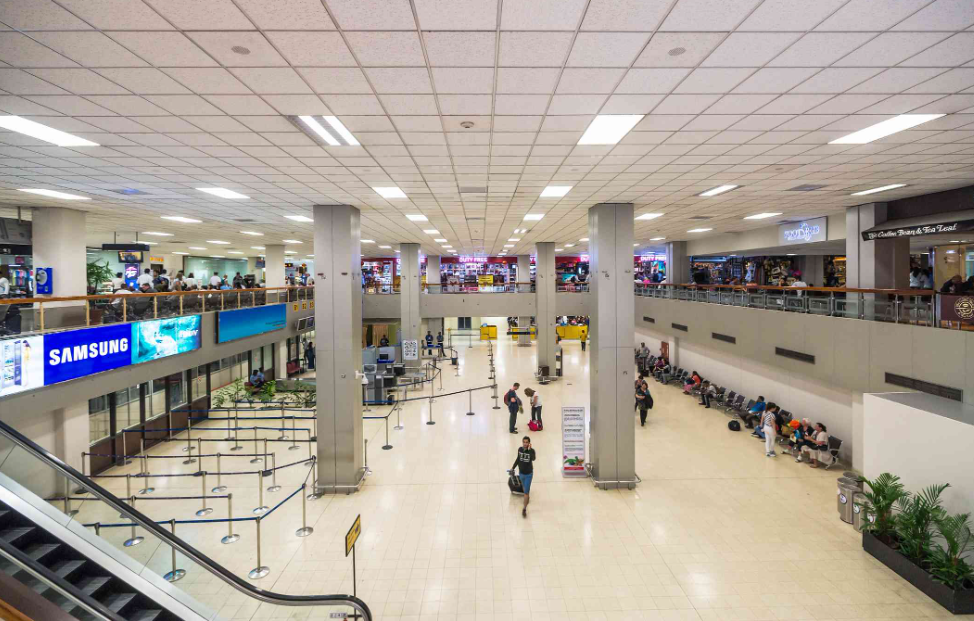
On the last day of your holiday in Sri Lanka, the chauffeur guide will transport you to the airport based on your flight time.
Drive: 160km, approximately 2 hours & 30 minutes’ drive.

Sigiriya

Kandy

Ella

Yala

